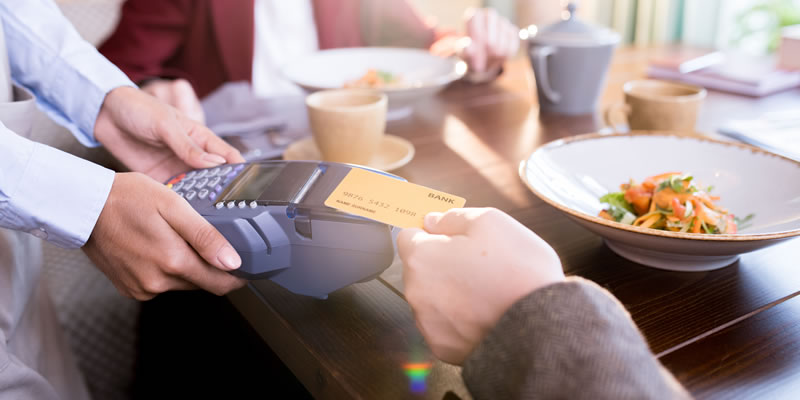
In today's fast-paced, digital world, the way we handle transactions has evolved tremendously, particularly within the restaurant industry. Credit card processing stands out as an indispensable tool for modern dining establishments, offering a myriad of benefits that enhance both operational efficiency and customer satisfaction. Here’s why credit card processing is vital for restaurants:
Convenience: Customers increasingly prefer the ease of paying with a card over cash. Offering credit card payments means fewer trips to the ATM and less need to carry cash, making dining out more convenient and enjoyable. This convenience can lead to higher customer satisfaction and repeat patronage.
Speed of Service: Credit card transactions are typically faster than handling cash, especially with modern point-of-sale (POS) systems. This speed reduces wait times at checkout, improving the overall dining experience, particularly during peak hours.
Increased Spending: Studies have shown that individuals tend to spend more when using credit cards compared to cash. The psychological aspect of not immediately feeling the pinch can lead to larger orders or additional purchases like desserts or premium drinks.
Higher Check Averages: With the option to split bills easily among groups, credit card payments can increase the average check amount. This is particularly beneficial in social settings where guests might opt for shared plates or more extensive meals.
Cash Flow Management: Credit card payments provide immediate funds transfer, improving cash flow for restaurants. This is crucial for managing daily operational costs like inventory, staff wages, and utilities without the delay associated with depositing cash.
Reduced Risk of Theft: Handling less cash reduces the risk of theft, both from within and outside the business. It also minimizes errors in cash handling, which can be significant in busy restaurant environments.
Ease of Accounting: Transactions via credit cards are automatically logged into accounting systems, simplifying bookkeeping, reducing manual entry errors, and providing clear records for tax and financial management.
Catering to Modern Consumers: Today's diners expect to use digital payment methods. By accepting credit cards, restaurants tap into a broader market that includes tourists, business professionals, and younger demographics who might not carry much cash.
Loyalty Programs: Credit card processing can be integrated with loyalty programs, offering points, discounts, or rewards, which can be a significant draw for new and returning customers.
Fraud Protection: Credit card companies offer protections against fraudulent transactions, which can be a relief for businesses in case of disputes or chargebacks. This layer of security is beneficial for both the restaurant and its patrons.
Compliance with Regulations: Handling credit card payments means adhering to standards like PCI DSS (Payment Card Industry Data Security Standard), which, while requiring some effort to maintain, ensures secure and trustworthy transactions.
Integration with POS Systems: Modern POS systems integrate seamlessly with credit card processing, offering features like table management, inventory tracking, and customer analytics, all of which can optimize restaurant operations.
Contactless Payments: With the rise of NFC (Near Field Communication) technology, contactless payments have become a norm, especially post-pandemic, offering health benefits by reducing physical contact.
Credit card processing in restaurants isn't just about keeping up with technological trends; it's about enhancing the dining experience, securing financial transactions, and expanding business opportunities. For any restaurant looking to thrive in the current economic landscape, adopting and optimizing credit card payment systems is not just beneficial—it's essential.